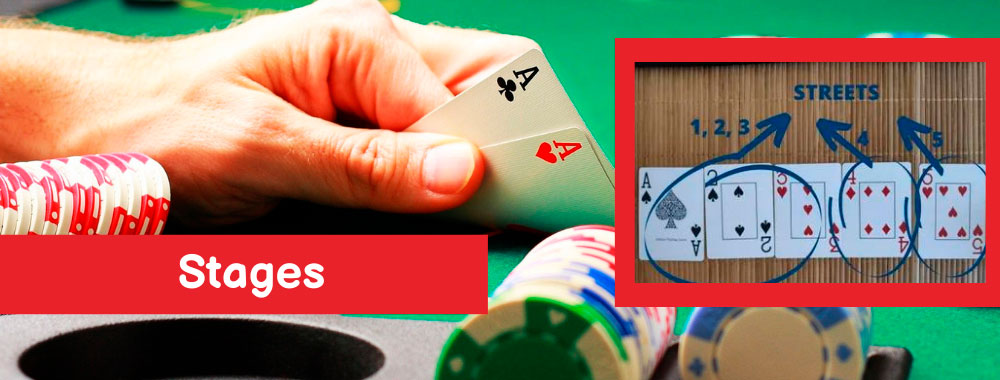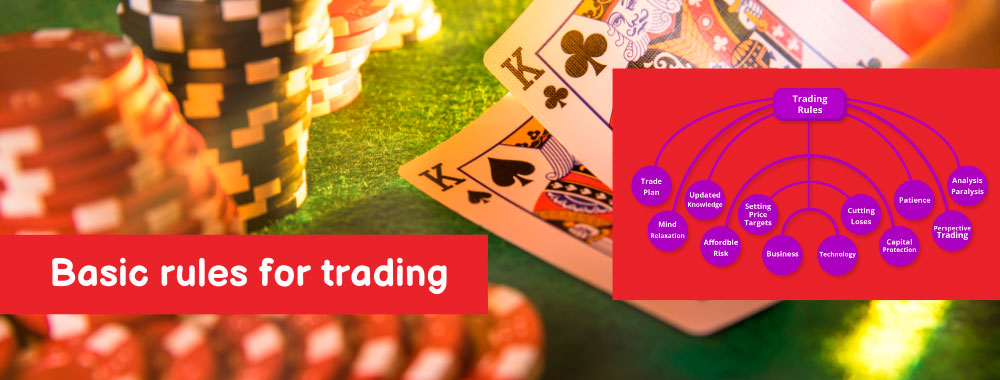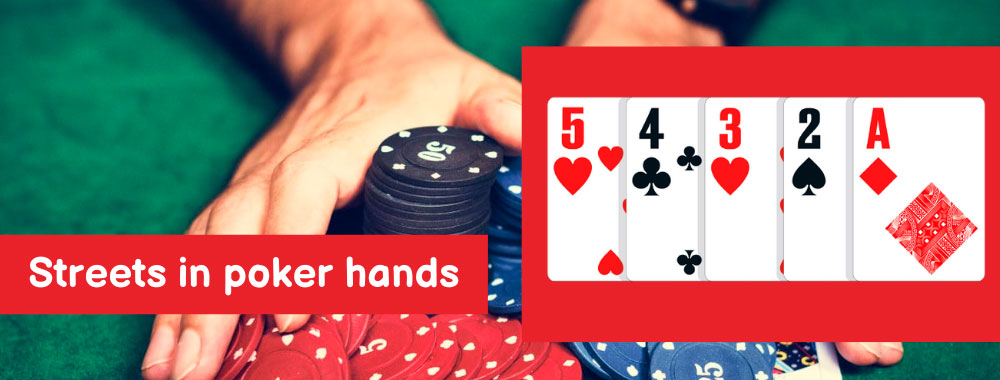Streets in poker are the stages of a poker hand when opponents bargain with each other, receive cards to make combinations, or when additional cards appear on the table. Trading in the game allows you not only to increase the size of the final pot but also to win and take the pot. For example, if no one supports your bet, you will take the entire pot without showing your hand.
Also, a number of important actions are carried out on the streets:
- Poker players receive cards;
- Additional cards appear on the table (they are included in combinations).
Note that in different versions of the card game the name and number of streets are different.
What stages of the game are there?

- Texas Holdem and Omaha. The most popular poker hands are divided into four stages. And they got separate names: preflop, flop, turn and river. Trading is carried out on each of the streets.
- 7-Card Poker. These are Stad and Razz Poker, where opponents trade five times. The game begins on the third street, as on it the players receive 3 cards in their hands (unlike others, on which only one is handed out);
- Exchange poker. In the case of such hands (for example, Lowball or Badugi poker), the number of stages may be different. It depends on the number of exchanges that are allowed at a particular table. If, for example, only one card exchange is allowed, the trade takes place after the hands have been issued and after the exchange (even if none of the players has changed the cards in their hands).
Basic rules for trading

Streets follow one another almost always, except in some cases (for example, when all rivals went for broke). To cross from one street to another, players must meet the following conditions:
- All of the poker players at the table, except for one player who made the highest bet, fold. In this case, the remaining player will take the entire pot;
- All opponents equalized the rates. Either everyone went all-in (or all but one poker player with the most chips at the table);
- None of the opponents made bets (in Holdem it is possible only on stages after the Flop).
Players at the table can raise their stakes while trading. In some varieties of poker (limit version), the number of raises is limited. In no-limit poker, you can bet your entire pot on the first hand – no one makes any restrictions.
At different times, certain limits on bets may be set. As a rule, the maximum bar is not limited. But the minimum is set in accordance with the rules: starting from the third street, the rates are approximately doubled. This means that it makes sense to keep playing with only promising hands in order not to lose more money on bets.
The order of moves should also be taken into account: it changes with each new hand. The first player to move is the player to the left of the button. After decisions are made clockwise.
Now you are familiar with the term “poker streets”. Based on the distribution structure, it makes sense to build optimal strategies to increase profits. Be sure to take into account the peculiarities of the game on each of the streets in order to improve your strategy.

